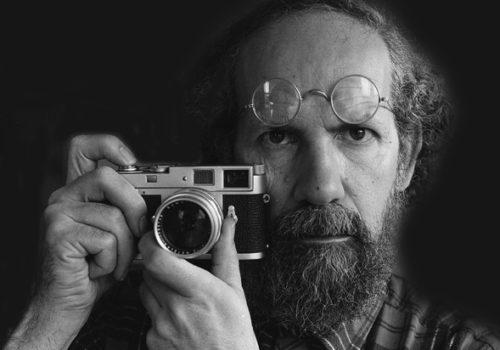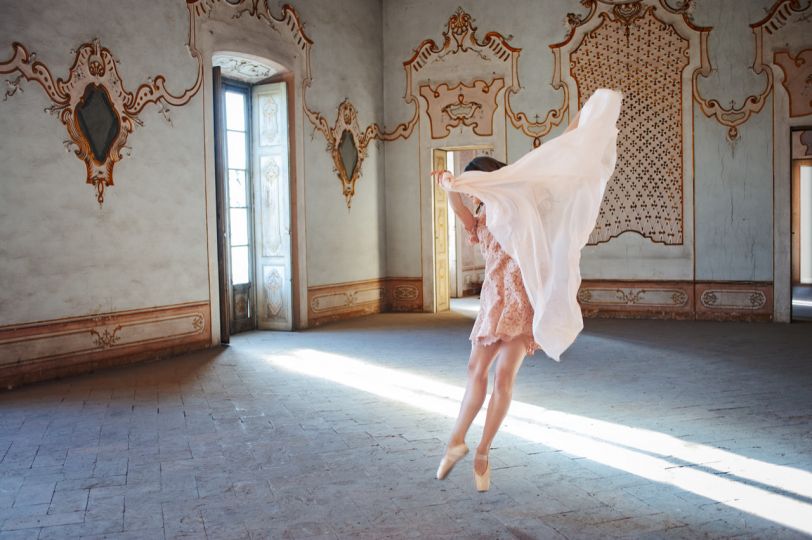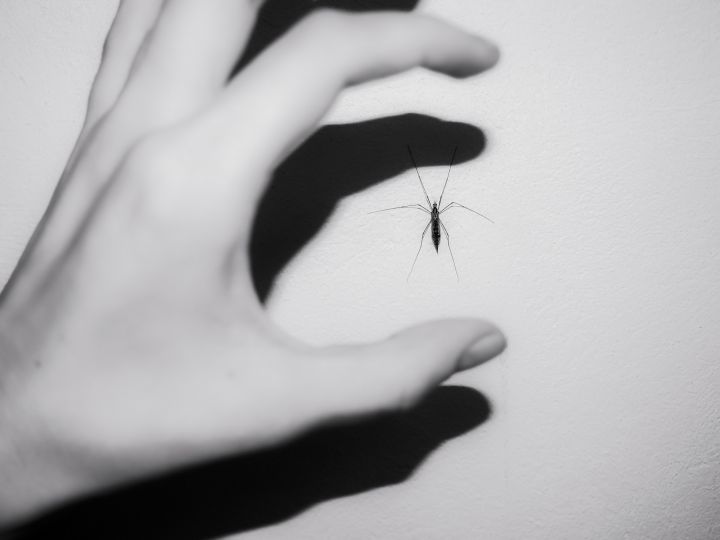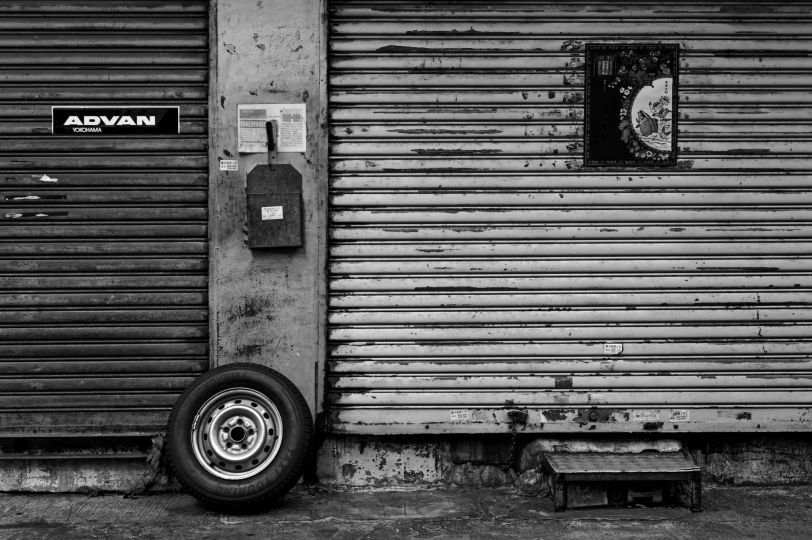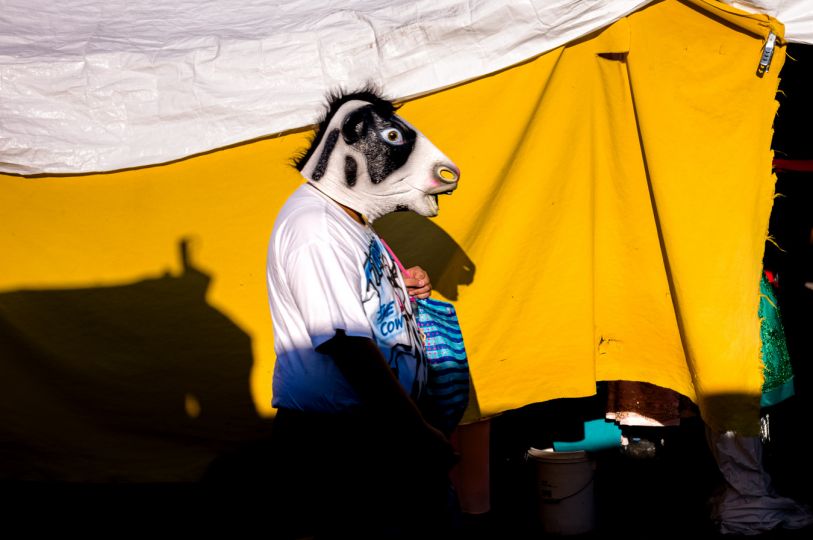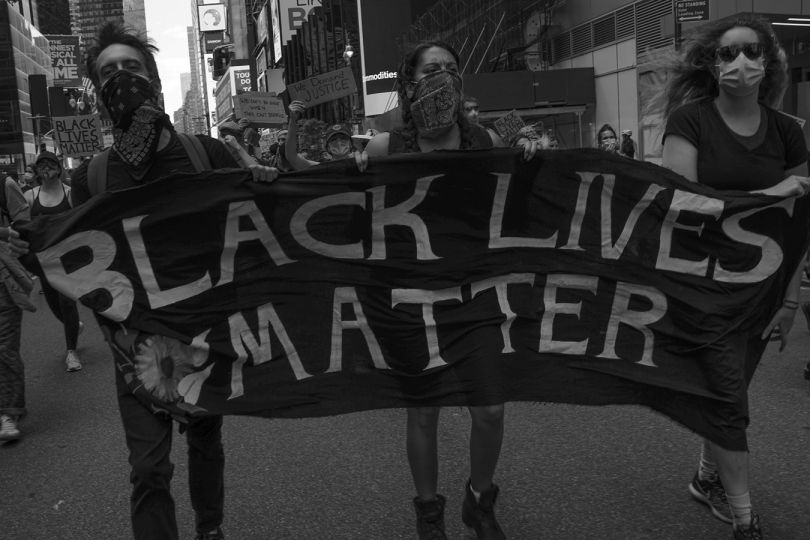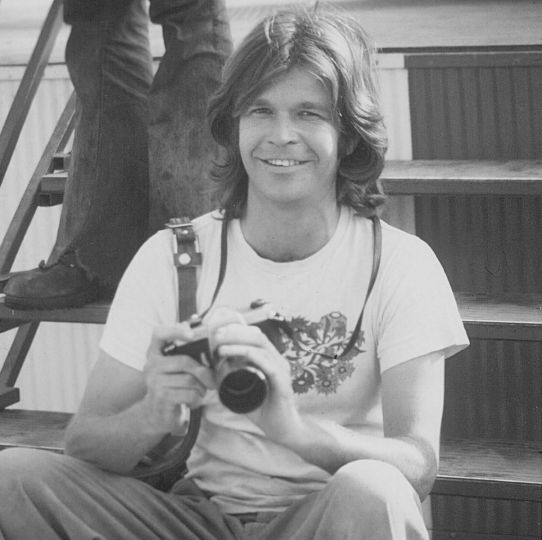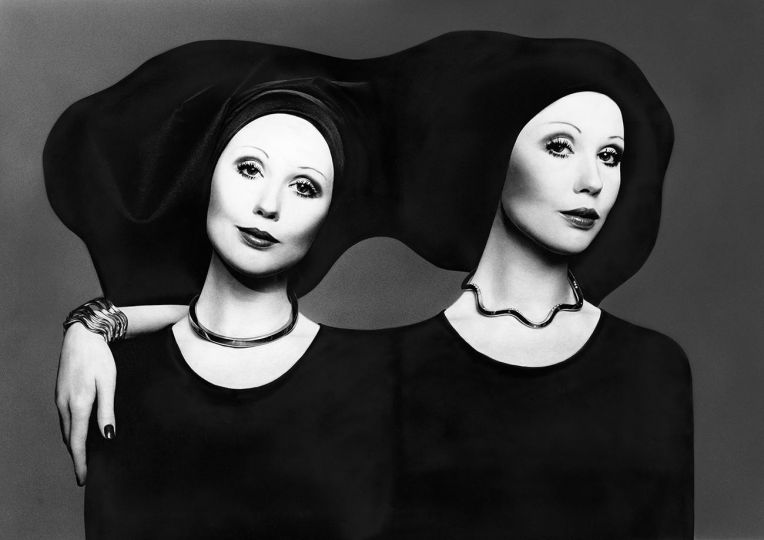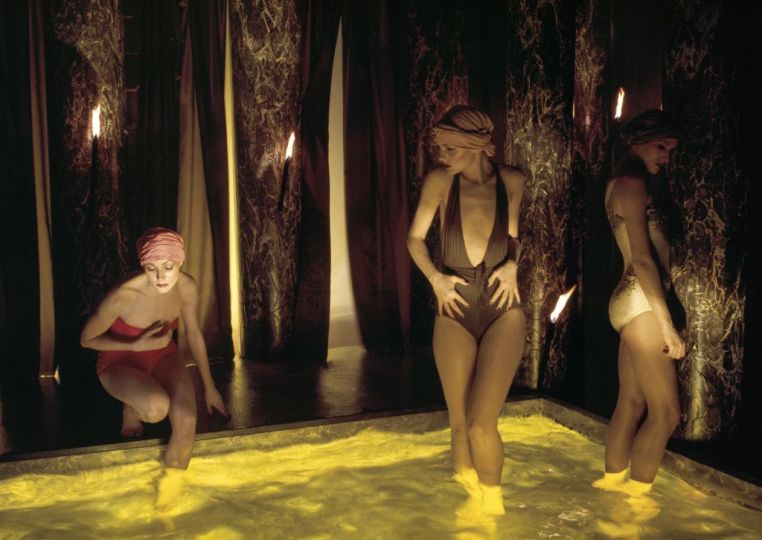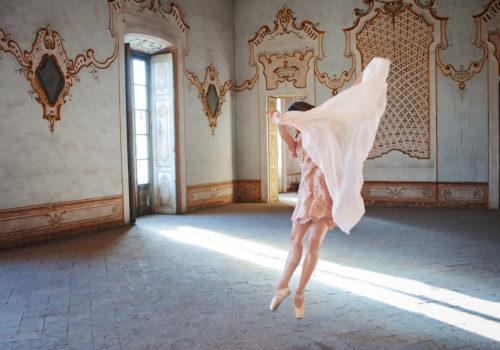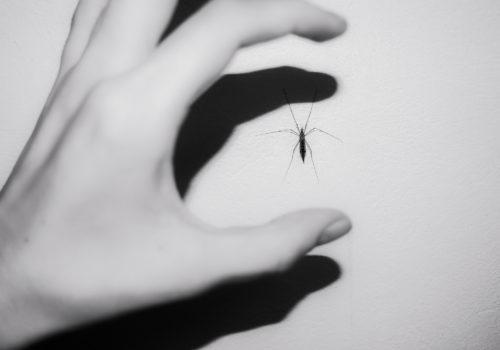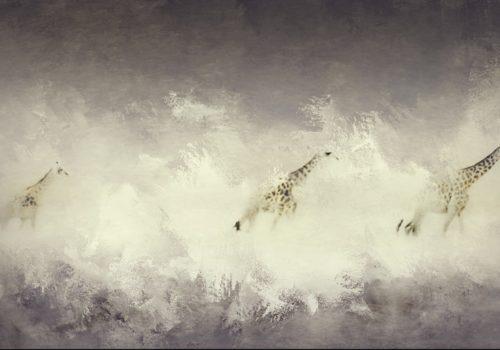Dr Michael Pritchard, member of the Royal Photographic Society, informs us of the passing of Michel Auer. He writes :
Michel Auer, one for the most significant collectors and dealers of cameras and photography and a historian and supporter of photography, has died aged 91 years. Auer will be best known by some for his books on cameras and, latterly, for his Foundation based in Hermance, Switzerland which exhibited photographs and cameras from his collection as well as having a public presence through exhibitions and public events.
Michel was born in Zurich in 1933. After school he completed an apprenticeship as an advertising photographer in Zurich. After returning from Swiss military service he created an advertising photography studio in Geneva in 1955. In 1958, he obtained a federal master’s degree in photography.
In 1960, he created the Big laboratory in Geneva, specializing in large-size photo enlargements in black and white and colour which he ran until 1975. He gave up advertising photography in 1961 and devoted himself to collecting cameras and writing books on the subject where his own photography presented the cameras as beautiful objects in their own right. In the 1970s the market for photography was still evolving and Auer was able to acquire important cameras through auctions and especially through markets where rarities were unrecognised. He was also able to secure cameras directly from their manufacturers and he acquired all the spare parts and incomplete Compass cameras from Le Coultre in Switzerland.
In 1976, he created a stand at the Pucres de Clignancourt, Paris, flea market with Michèle Ory specializing in cameras and photographs. He married Michèle in 1980 and the two formed a strong partnership united in their photography interests and activities.
Michel created three, possibly more, significant collections of cameras which formed the basis of other museums. In 1973 Auer sold his first collection to the Antwerp museum that is now known as FoMU. The collection focused on the development of cameras and the technical history of photography and included landmark cameras alongside rarities and key display pieces. Since then the FoMu collection has been supplemented by other collections, not least that of Agfa-Gevaert.
The second sale was in the early 1990s to the JCII Camera Museum in Tokyo, Japan. The museum had a significant collection of Japanese products acquired as part of its own activities but was weak in Western cameras. Auer’s collection added significant cameras from the history of photography as well as expanded its breadth with cameras from the UK, US and Europe.
His third collection was his final personal collection and includes significant cameras as well as rarities. This now sits with his Foundation.
Michel’s first books were essentially catalogues of his collection(s) and most likely acted as a catalogue to raise awareness to support a sale. The first were produced at a time when there were very few other books on the history of the camera for collectors. His first Collection Michel Auer appeared in 1972 and eventually ended up as three volumes. It formed a go-to catalogue for collectors and auction houses assisting with identification and dating at a time when there was limited reference material.
His 1975 Illustrated History of the Camera was the first coffee-table book of cameras, beautifully illustrated with Auer’s own photographs of cameras, and it set out a useful camera history describing many rarities from his collection. Michel also collaborated with another collector Eaton S Lothrop to produce a book on disguised cameras that was well illustrated and had a depth of research from Lothrop. With Michèle he produced an important history of amateur cine cameras. Not all his books appeared in English but they all remained key references, although often not as well-known as they should have been, pre-internet.
Later, as Auer focused on photography he and Ory produced in 1997 a CD-Rom based resource of biographical information of photographers based on the printed Encyclopaedia, and the which resource is now available online.
In 1984 the Auers opened a photography centre at the Grütli in Geneva and started holding exhibitions of photography. It later moved to the BAC contemporary art building and finally in March 2009 along with Michèle, Michel created a Foundation which allowed him to exhibit his collection of photographs as well as objects related to photography. It held regular exhibitions of photography, talks and had its own publication programme. A partnership with the city of Montpelier which might have provided a long-term home for the collection and foundation came to nothing. The Auers’ collection now consists of a large collection of cameras, some 21,000 books and 50,000 images. As Etienne Dumont noted in his appreciation of Auer the future of the collection remains uncertain.
Michel Auer was married to Françoise Guerin, whom he divorced in 1968, and then to Michèle Auer-Ory in 1980 until his death. He had three children with his first wife, Martine, Laurence and Georges Nicéphore.
Michel died on 22 October 2024.
Dr Michael Pritchard FRPS // Consultant // Royal Photographic Society
The Royal Photographic Society, RPS House, 337 Paintworks, Arnos Vale, Bristol, BS4 3AR, UK
www.rps.org

